Art and Culture in the Renaissance: An Age of Rediscovery
The Renaissance, a period roughly between the 14th and 17th centuries, was an era of great cultural, artistic, and intellectual flourishing in Europe. This era, which literally means “rebirth,” marked a profound shift in the way people saw the world and their place in it.
The Origins of the Renaissance
The beginning of the Renaissance is often traced to Florence, Italy, in the late 14th century. This was a time of economic prosperity and political stability, creating fertile ground for artistic and scientific ventures. Important figures such as the Medici family played a crucial role in sponsoring artists and scholars.
Innovations in Art
The Renaissance revolutionized the art world. Artists such as Leonardo da Vinci, Michelangelo, and Raphael pushed the boundaries of artistic expression. They introduced techniques such as perspective, naturalism, and a refined treatment of light and shadow. These innovations made the artworks more dynamic and realistic.
Leonardo da Vinci: A Universal Genius
Leonardo da Vinci was not only a talented painter, but also an inventor, scientist, and engineer. His curiosity and ability to combine science and art resulted in some of the most iconic works of the Renaissance, such as “The Last Supper” and “Mona Lisa.
The Impact of the Renaissance on Culture
The Renaissance influenced not only art, but also literature, philosophy, and music. Writers such as Dante, Petrarch, and Shakespeare, and composers such as Palestrina and Monteverdi, contributed to a rich cultural tapestry that is still felt in our contemporary world.
Humanism: The Philosophical Backbone
A key aspect of the Renaissance was humanism, a philosophical movement that emphasized the value and potential of human beings. Humanists sought a balance between intellectual growth and moral development, emphasizing the importance of individual expression and critical thinking.
The Diffusion of Knowledge: The Printing Arts
Johannes Gutenberg’s invention of the printing press in the 15th century played a crucial role in the spread of knowledge. Books became more accessible, leading to an increase in literacy and the spread of Renaissance ideals throughout Europe.
Conclusion: The Legacy of the Renaissance
The Renaissance was more than a period of artistic flourishing; it was an era that laid the foundations for modern Western civilization. The ideas and achievements of this era remain a source of inspiration and admiration, leaving an indelible impact on our world.
The Social and Political Context of the Renaissance
The Renaissance was not only a period of cultural flowering, but also of great social and political change. It was a time when the power of feudal rulers and the church declined, while urban states and civil societies emerged. This shift played a crucial role in creating an environment in which art and science could flourish.
The Role of Women in the Renaissance
Although the Renaissance was predominantly male-dominated, women also began to play an important role, especially in the arts and literature. Women such as Sofonisba Anguissola and Artemisia Gentileschi broke into the art world, while writers such as Christine de Pizan were pioneers in advocating for women’s rights.
The Influence of the Renaissance Outside Europe
The Renaissance also influenced other parts of the world, particularly through the discoveries of European explorers. These cultural exchanges introduced new ideas and technologies to different cultures and contributed to a more connected worldview.
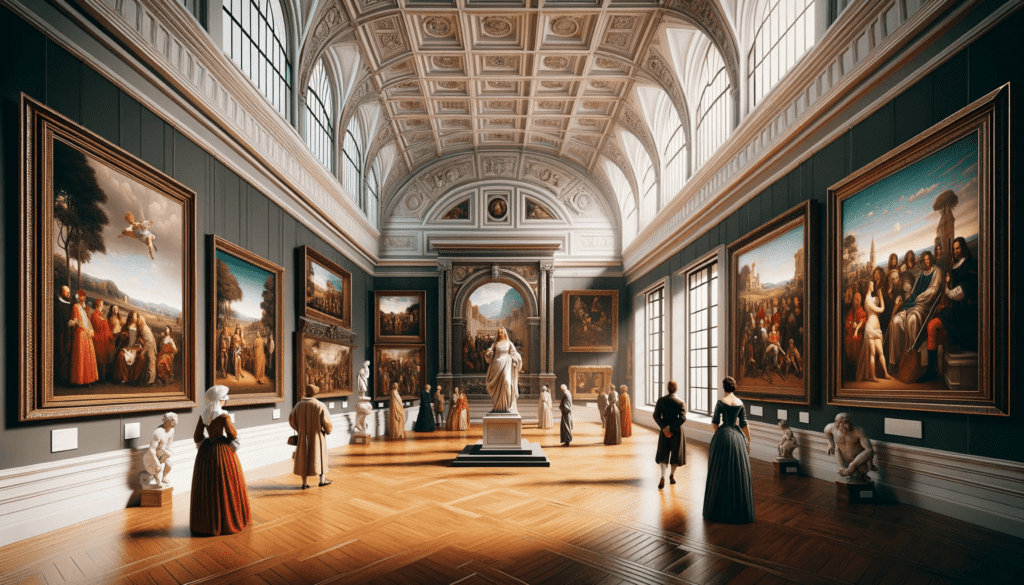
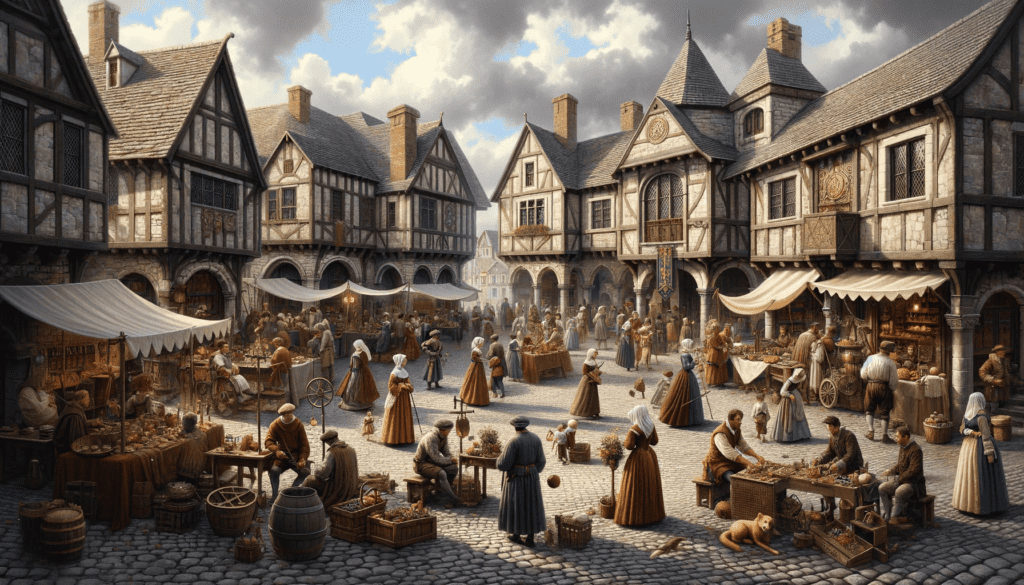
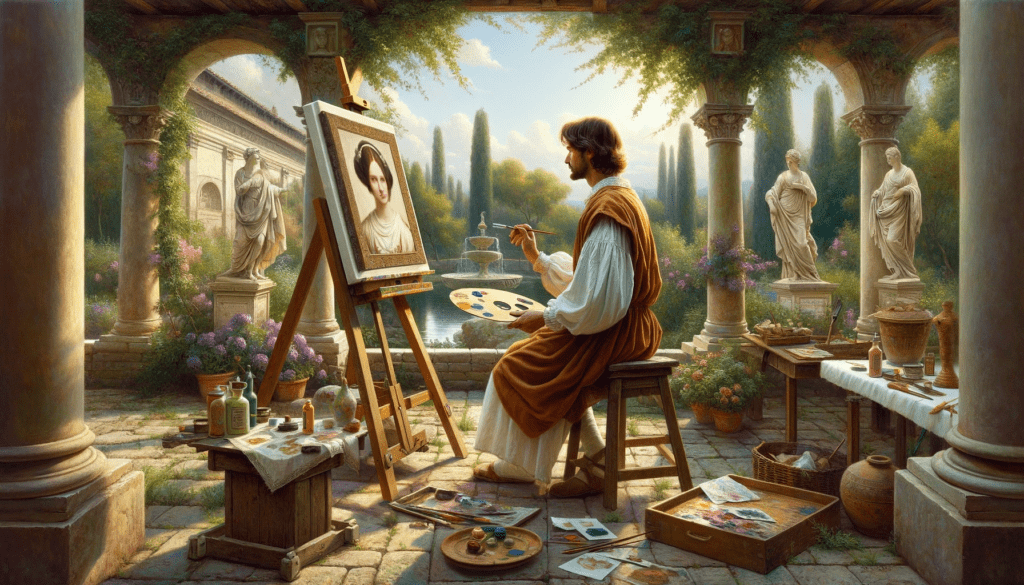
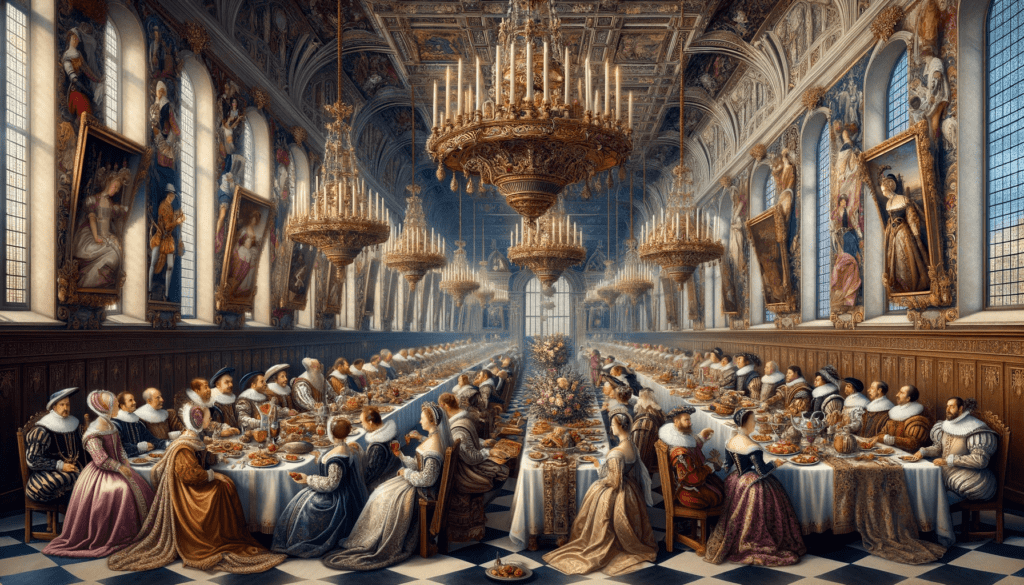
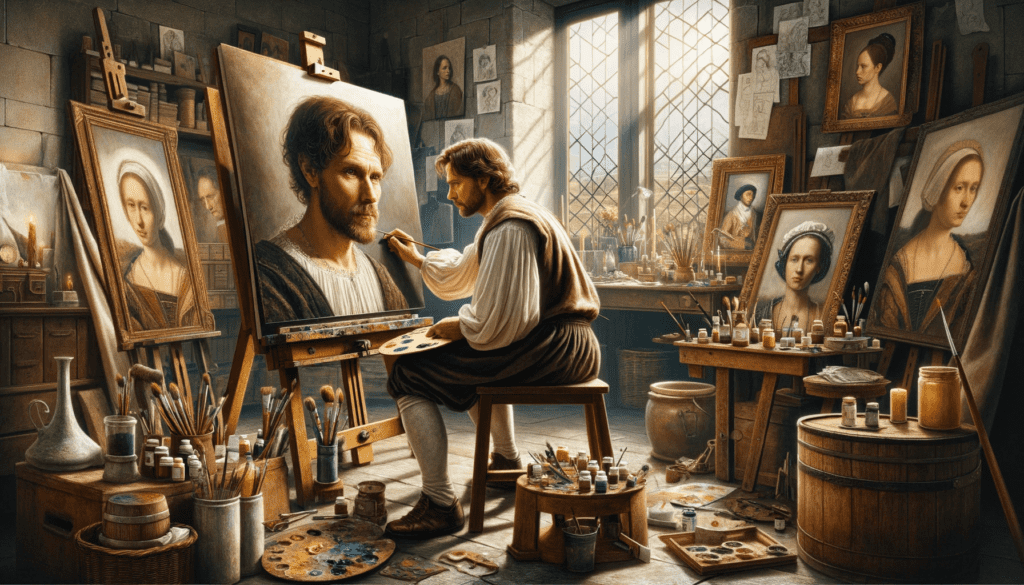
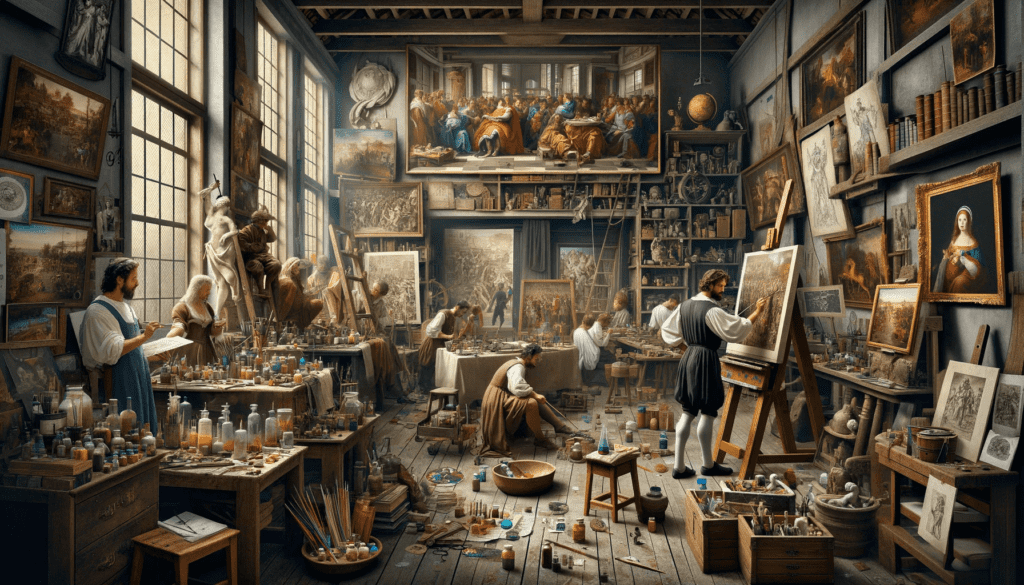
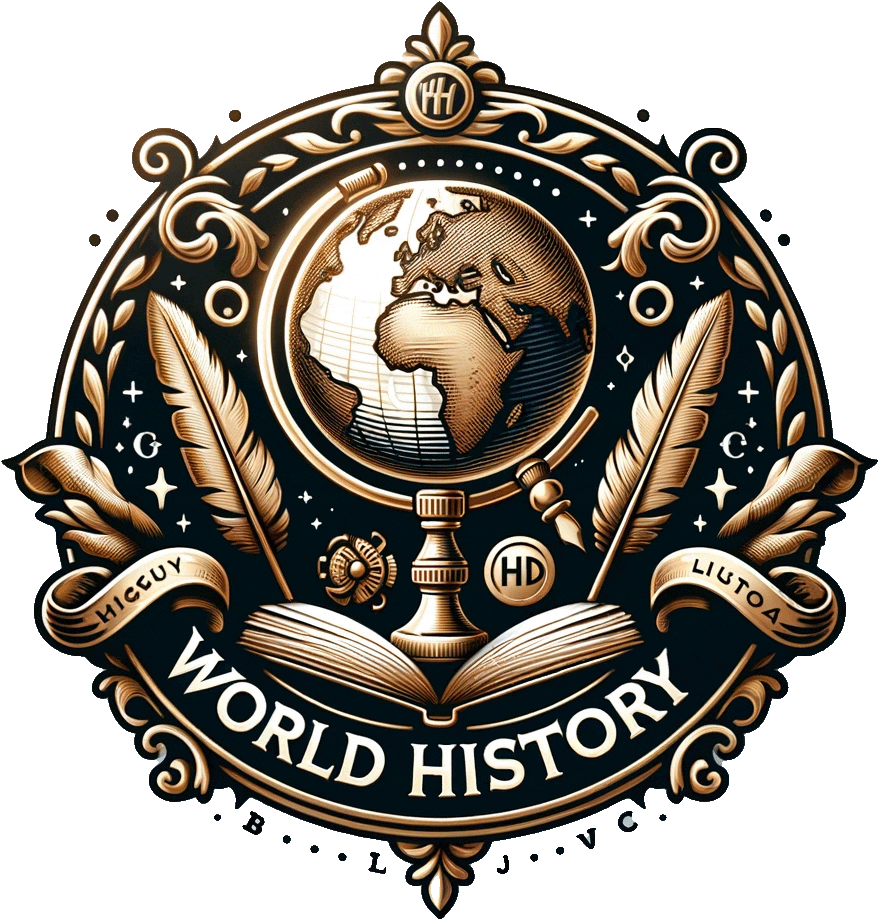
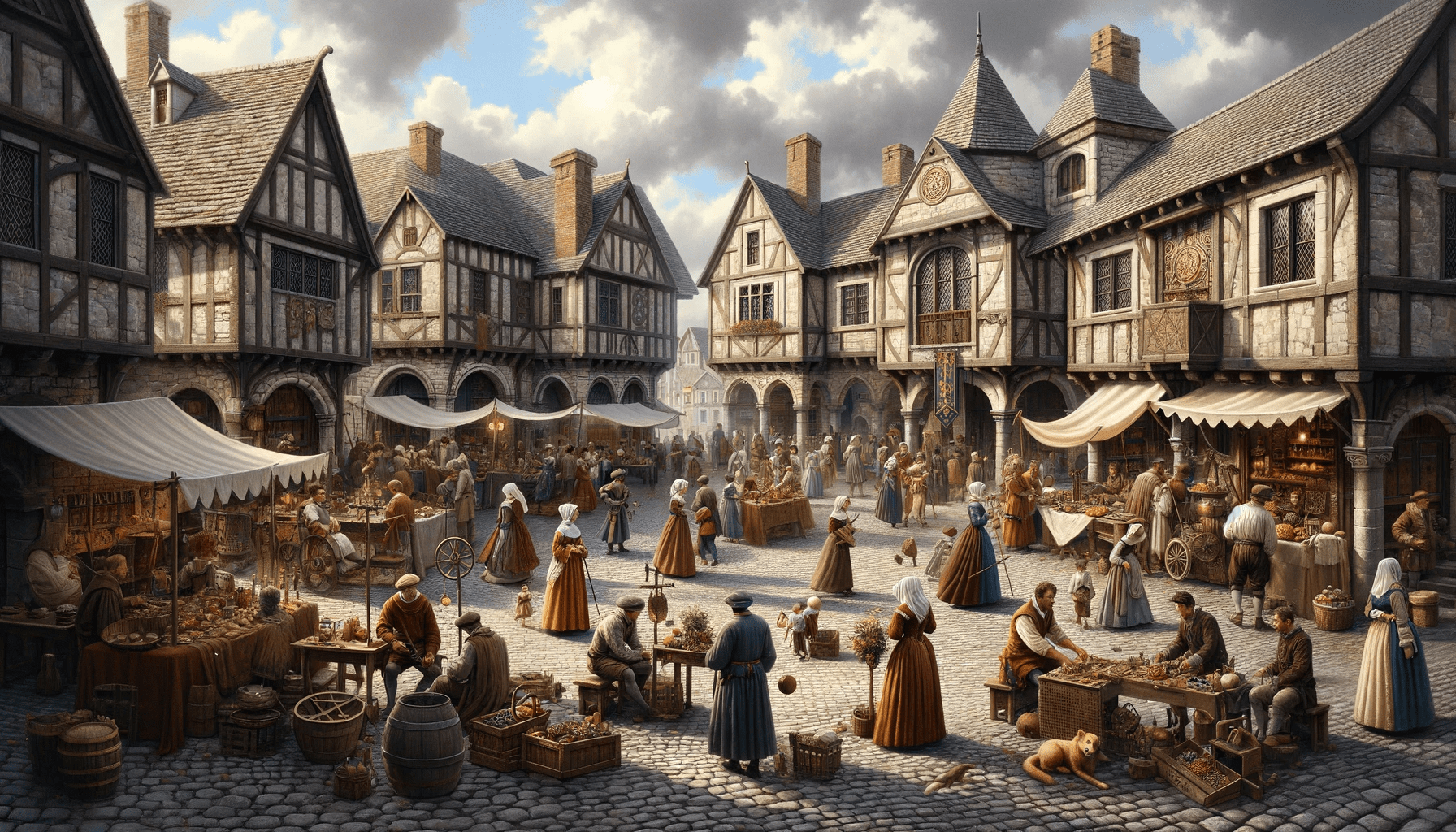
Leave a Reply